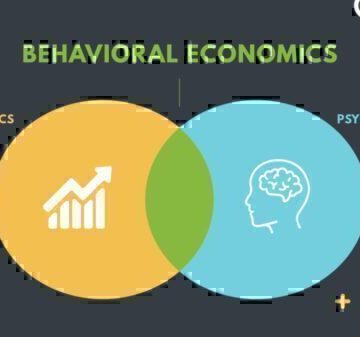Prices are rising – fast – for everyday essentials like groceries. If you’re struggling to stick to your food budget, meal planning is a good way to help you ensure you’re buying what you need, and being as efficient as you can.
Here are a few simple steps to create meals that will keep your family and your budget healthy and balanced.
Plan Your Menu
Think about the details. What will you eat for breakfast, lunch and dinner each day of the week? What snacks do you need on hand for your kids, or yourselves? Use websites like All Recipes or Food Network for free access to simple recipes that can make meal planning painless.
List Necessary Ingredients and Supplies
What do you need to create your menu? Ingredients include the obvious – meat, vegetables, grains, etc. Your list may also include spices, or supplies like paper towels, cooking spray or even pots or pans.
Remember the number one cardinal rule: don’t shop when you’re hungry! Create a shopping list and stick to it. Some items may seem good at the moment, but at the end of the day your budget will thank you for your restraint.
Check the Pantry, Fridge and Freezer First
Before you run to the store, check to see what you already have. Taking an inventory of the contents of pantry, fridge, and freezer helps avoid waste, both by using up what you already have (before it goes bad) and helping you avoid unnecessary purchases. Plan your menu to use what you have on-hand first, and supplement with fresh food from the store or market.
Set Your Budget
How much can you spend? Is the amount flexible or set in stone? How will you be sure to stay in your budget? Will you be paying by check, cash, or charge? All of these decisions should be made before you shop.
Adjust Your Menu
Adjust your menu to make use of what you already have, and stick to your budget. According to the Natural Resources Defense Council, the average family of four throws away $2,275 of food per year. You can save by reducing food waste.
And, just like every restaurant chef should use cost cards to manage their ingredient costs, you can figure out which dishes are solid staples for your family, and which recipes are once-in-a-while treats. Some ingredients are more expensive than others. Shopping in season, using coupons, and planning your menu to use readily available, lower-cost foods are all good strategies to try.
Now It’s Time to Shop
Amazing how far down this is on the list, isn’t it? There are many shopping tips and tricks you can utilize to create the optimal shopping trip.
After You Shop: Organize to Reduce Waste
How you handle groceries after you get home is just as important as the planning phase. Remember, wasted food is wasted money! Put things away right away.
Rotate Your Stock
Put the freshest or most recent purchases at the back of your fridge/freeze/pantry and the older in the front.
While doing this, you can assess your existing materials again. Does anything need to be thrown out? What needs to be used in the next couple of days? What may be past the “sell by” date, but is still good? It also helps you discover some of the materials you may have forgotten way in the back.
Store Food Appropriately
A few extra minutes to store your items properly will ensure they stay fresher longer. Pay attention to zones in your refrigerator, and package food to last longer.
Follow Through! Cook and Eat According to Your Plan
It can be tough to feel inspired to cook after a long day. Stick with it for a while though, and you may find that cooking is a relaxing way to unwind! Like all things, it takes practice. Don’t give up if you have one failed recipe. Chalk it up to learning, and try again.
Try Cooking Ahead
Consider cooking meals or portions of meals early, when you have a day off. Freeze what isn’t needed and then enjoy delicious and easy meals throughout the week.
While you cannot make lettuce salads for the whole week, the hard boiled eggs can be prepared in advance, and veggies can be cleaned and chopped. Taking time to do the prep work in advance can save you energy and time on your daily meal preparation.
Keep the Leftovers
Some people cook for the purpose of having leftovers! That’s lunch for tomorrow or dinner for next week (or next month, if you freeze it). Get the most out of your hard work by using those leftovers.
Cook extra chicken breasts or meatloaf to use in lunchtime sandwiches at work, for example.
Utilizing everything you have will result in eating out less, which can sometimes be the difference between a $4 meal and a $12 meal. This Cooking Light article features an interesting side-by-side comparison between eating leftovers vs. eating out.
With some planning, assessment, careful shopping, mindful preparation and consumption, you can spend less, waste less and enjoy more healthful eating.
Bon appetit!
GreenPath Financial Service
GreenPath, A Financial Resource
If you’re interested in building healthy financial habits, paying down debt, or saving for what matters most, take a look at these free financial tools.










